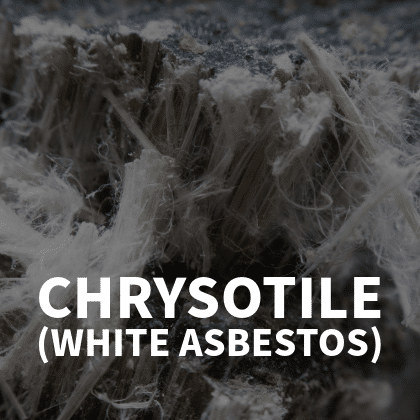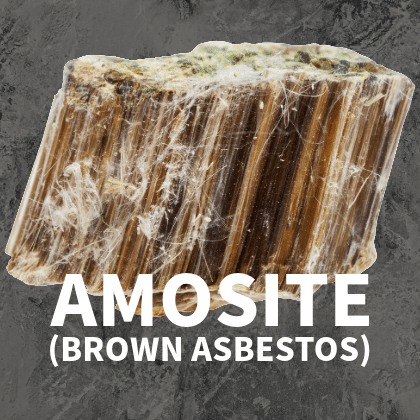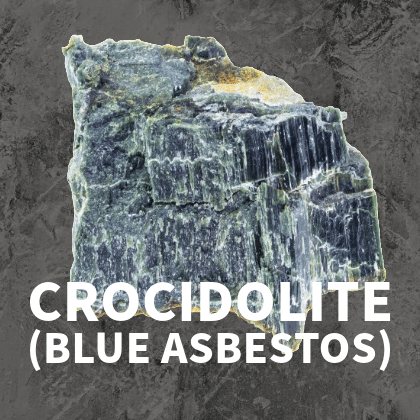No products in the basket.
Recognising Asbestos: A Guide to Identifying Hidden Hazards
Asbestos, once a miracle material used extensively in construction and manufacturing, is now a notorious health hazard. Its fibrous composition made it ideal for insulation, fireproofing, and other applications. However, when disturbed, asbestos fibres can become airborne and pose serious health risks when inhaled.
Recognising asbestos and understanding where it might be hiding is crucial to safeguarding our health and the environment.
What Does Asbestos Look Like?
Asbestos can be challenging to identify since it is used in many products and materials. Generally, it comes in several forms, including:
- Chrysotile (White Asbestos) is the most common form found in roofs, ceilings, walls, and floors of homes and buildings.
- Amosite (Brown Asbestos): Used in cement sheets and pipe insulation.
- Crocidolite (Blue Asbestos) is found in steam engines, pipe insulation, and spray-on coatings.



Asbestos-containing materials (ACMs) can range from hard, cement-like products to soft, fluffy insulation. However, it’s important to note that asbestos is often mixed with other materials, making it easier to recognise with professional testing.
Where Might Asbestos Be Hiding?
Asbestos was used in various products and building materials before its use was regulated. Familiar places where asbestos might be hiding include:
In Homes and Buildings
- Insulation: In attics, walls, around pipes, and boilers.
- Floor Tiles: Particularly in older homes, asbestos may be present in vinyl floor tiles and their backing.
- Ceiling Tiles: Drop ceiling tiles and decorative plaster.
- Roofing and Siding Materials: Shingles and siding may contain asbestos.
In Industrial and Commercial Settings
- Heat-Resistant Fabrics: Used in protective clothing and covers.
- Automotive Parts: Brake pads, clutches, and gaskets.
- Textured Paints and Coatings: Used for fireproofing and soundproofing.
Hidden Dangers
- Old Appliances: Some appliances like hairdryers, toasters, and ovens might have asbestos as insulation.
- Electrical Components: Brake pads, clutches, and gaskets.
How to Proceed If You Suspect Asbestos
If you think you’ve found asbestos in your home or workplace, it’s crucial not to disturb it. Disturbing ACMs can release dangerous fibres into the air. Here’s what you should do:
- Don’t Touch or Disturb It: Leave any suspected asbestos undisturbed.
- Seek Professional Help: Contact an asbestos abatement professional who can safely take and test a sample.
- Follow Professional Advice: If asbestos is confirmed, follow the recommendations of professionals for removal or encapsulation.
Conclusion
Recognising asbestos and understanding where it might be hiding is essential for preventing exposure and protecting public health. Because it was widely used in the past, it’s not uncommon to encounter asbestos in older buildings and products. If you suspect the presence of asbestos, it’s essential to proceed with caution and seek professional guidance. Awareness and education are key in the fight against asbestos-related diseases.
Stay informed, stay safe, and remember: It’s better to be cautious than regretful about asbestos.
For those interested in learning more about this important subject, we have additional resources available:
Explore Our Detailed Guide:
For a comprehensive look at managing asbestos-related challenges, we invite you to read our blog post, Understanding Your Role in Asbestos Management. This article offers further insight and detailed guidance on asbestos management, which also includes a downloadable guide offering advice on consumables and PPE.
Download This Article as a Free PDF:
If you’ve found this article valuable and would like a copy to keep or share with colleagues, download the PDF version here. By entering your email, you’ll receive a FREE copy of this essential resource, allowing you to revisit the information at your convenience and share it with others to promote safety and awareness.





